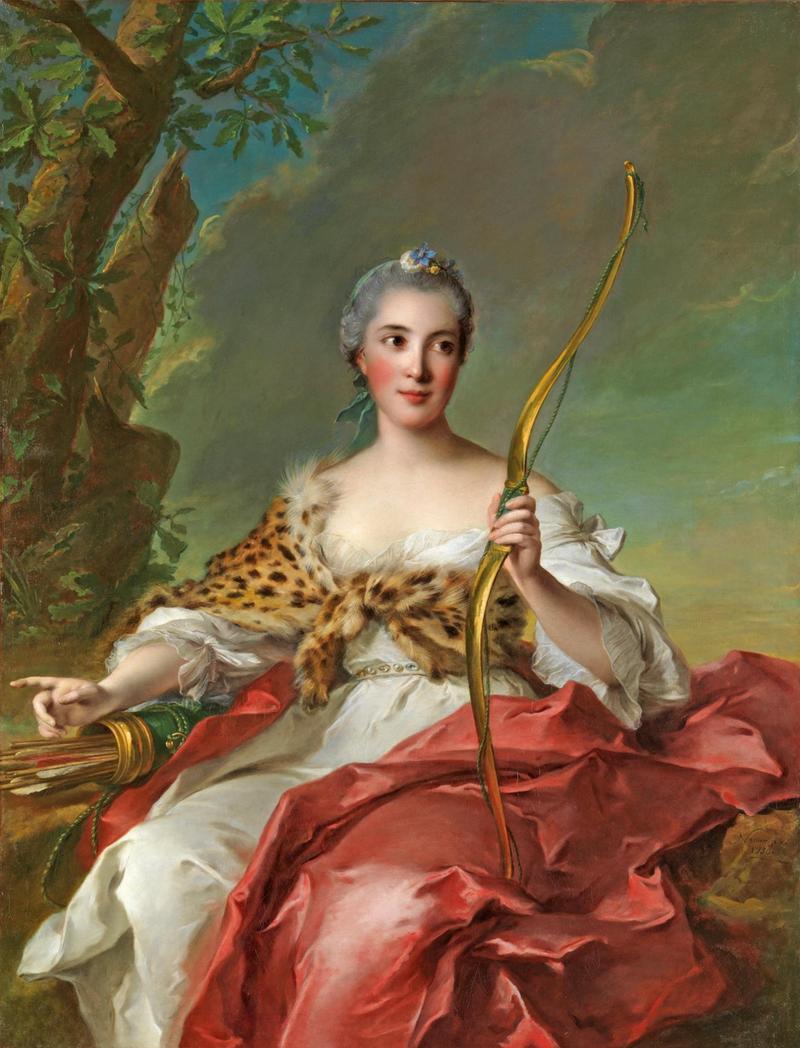Art and Archery: 10 Beautiful Pieces You Need to See
Art and Archery: 10 Beautiful Pieces You Need to See
Toxophilism is an artistic expression. Regardless of whether you’re taking shots at the reach or bowhunting from a tree stand, arrow-based weaponry’s sights and sounds can over-burden your faculties.
Simply consider seeing removed focuses on, that shuddering hand-squeezed to your cheek, or your vacillating breath while anticipating the “Smack!” of every bolt’s effect. Most bowmen shiver from such passionate encounters. You strain to see the shots in your objective, however, you should be gazing up at the Sistine Chapel. Indeed, toxophilite is craftsmanship. Perhaps that is the reason such countless specialists depict arrow based weaponry in their work:
1. Girls Practicing Archery, by John Florea- this highly contrasting photo includes a few ladies rehearsing bows and arrows. The ladies remain with open positions, quits. One accepts that they’re focusing on a customary objective. In spite of the fact that this photograph isn’t dated, it was allegedly a LIFE magazine cover photo.
2. “Madame de Maison-Rouge as Diana,” by Jean-Marc Nattier- this oil material was painted by French craftsman Nattier in 1756. The lady imagined, known as “Diana,” is a portrayal of Madame de Maison-Rouge, third spouse of Étienne de Maison-Rouge. This composition is in plain view at The Metropolitan Museum of Art.
3. Diane de Versailles, by Leochares- Diane de Versailles features the Greek goddess of the hunt, and is commonly known as Artemis With a Doe. The original statue, dating to the fourth century BC, was sculpted in bronze by Athenian artist Leochares. This particular statue is made of marble and stands 6.5 feet tall. Pope Paul IV gave this piece as a gift to King Henri II in 1556. After adorning several French residences, it was placed at the Louvre in 1798.
4. “Das Kritisierte Bild,” by Robert Elfgen- this bit of current craftsmanship was shown in March 2012 at the Independent in New York. The title means “condemned the image.” Elfen shot the bolt into his work of art.
5. Mixing Bowl, by the Pan Painter - this blending bowl dates to around 470 BC in Greece. It highlights Greek goddess Artemis shooting a bolt at Aktaion, a tracker. This scene is viewed as one of the best Athenian jar canvases. The piece is at present at Boston’s Museum of Fine Arts.
6. Oona Chaplin, by Ruven Afanador - this image was taken for the Fall/Winter 2012 version of Yo Dona, a well-known Spanish magazine. Despite the fact that the photo shows a delightful bow and bolt, it was taken to include the Elie Saab dress worn by the toxophilite. The craftsman’s work has been included in exhibitions and historical centers in Asia, Europe, Latin America, and the United States.
7. “Two Archers,” by Samantha French - in spite of the fact that this oil painting looks more established, it was painted in 2011 by Minnesota local Samantha French. French moved on from the Minneapolis College of Art and Design in 2005, and is a full-time painter living in Brooklyn, New York.
8. “The Combat of Love and Chastity,” by Gherardo di Giovanni del Fora - this composition dates to 1475-1500, and is thought to be important for an arrangement representing the “Wins” by the writer Petrarch. This composition shows Chastity’s shield breaking adoration’s bolts. It’s in plain view in The National Gallery in London.
9. Japanese Art of Archery, by JOSS - this photo was distributed in Honolulu Magazine in October 2009. It shows Mizue Hasegawa, president, and sensei of the Hawaii Kyudo Kai bows and arrows club, rehearsing kyudo, or toxophilite. “We center around three principal objectives: shin, reality; zen, the integrity; and bi, the excellence,” she said. “In the event that you have each of the three, the bolt should experience the objective. Be that as it may, hitting the objective isn’t our fundamental goal.”
10. The Archer, by Alexandre Kéléty - this overlaid bronze sculpture dates to 1930 and stands 43 inches tall. This piece is credited for putting the Budapest stone carver on the map. In spite of the fact that this figure would improve an office or little nursery, you’d follow through on a significant expense for it at closeout!
Be the first to post a message!
